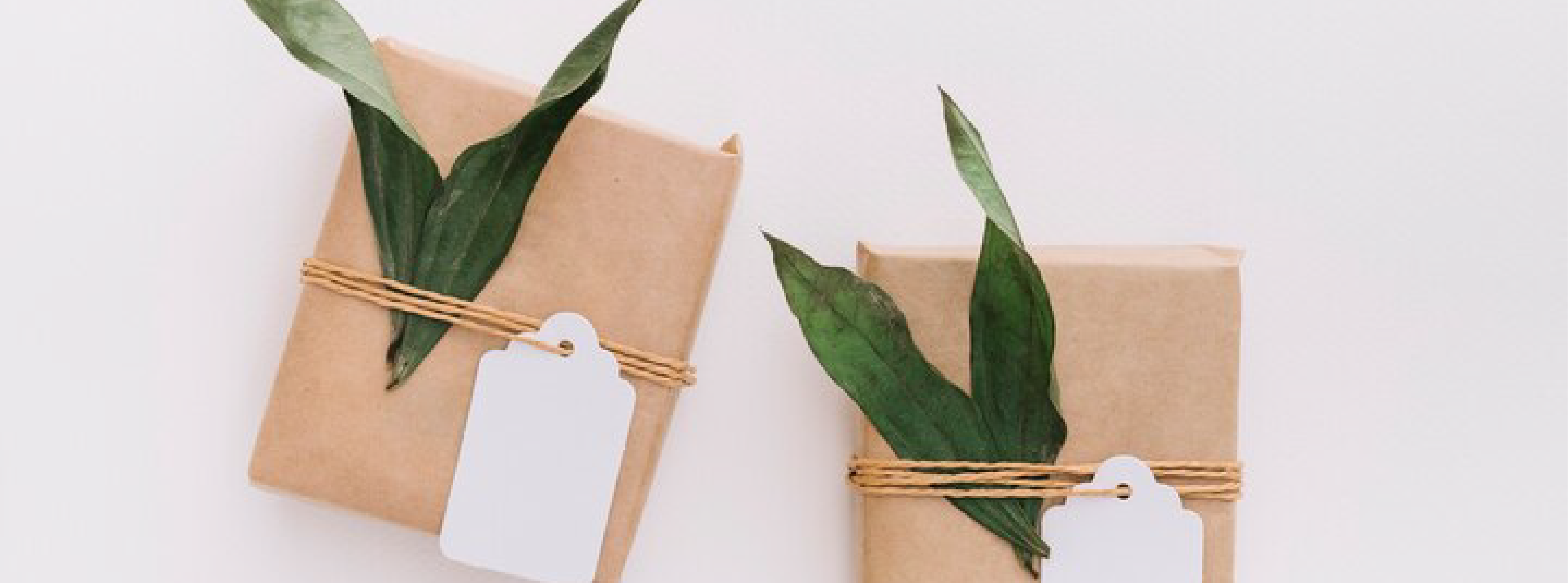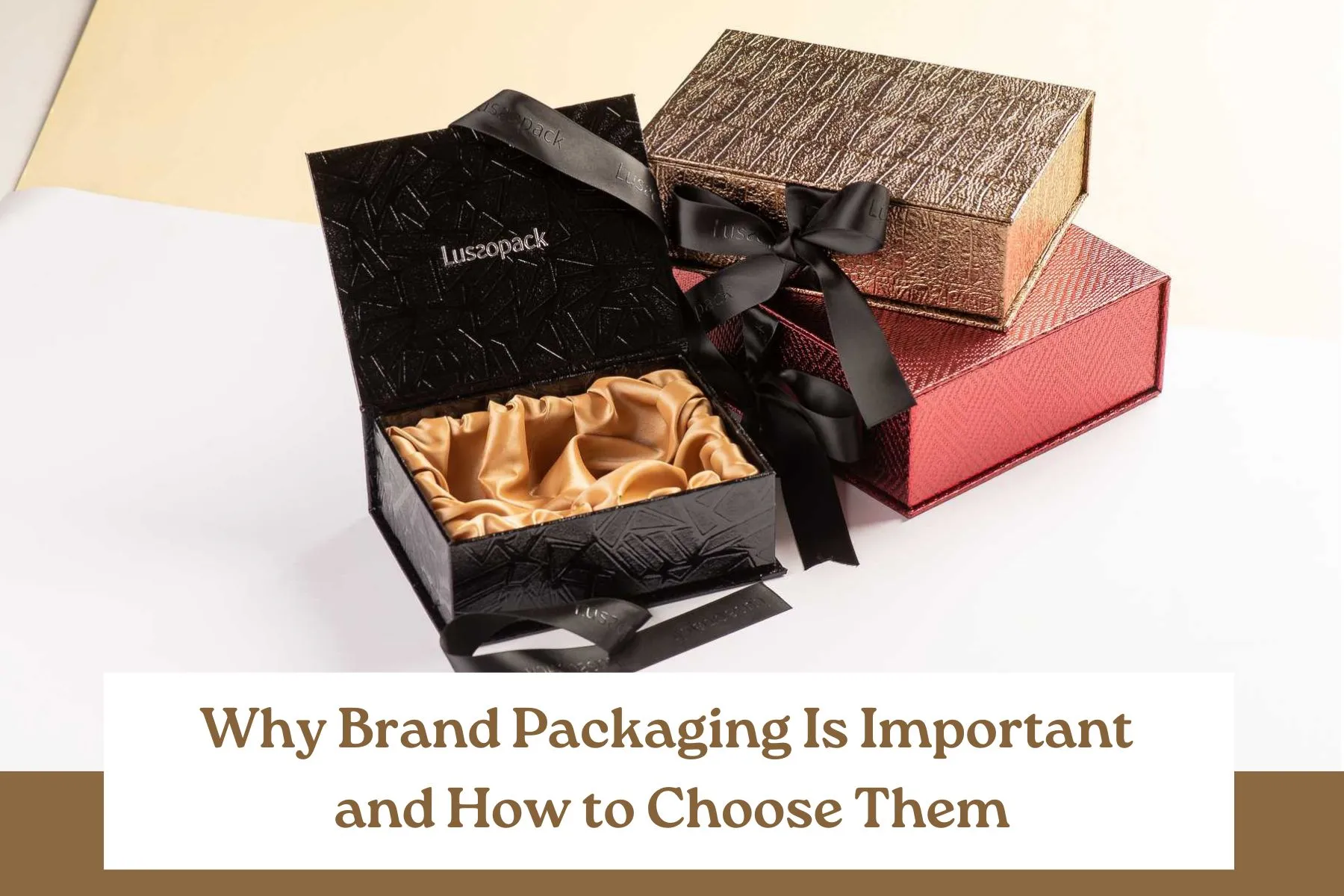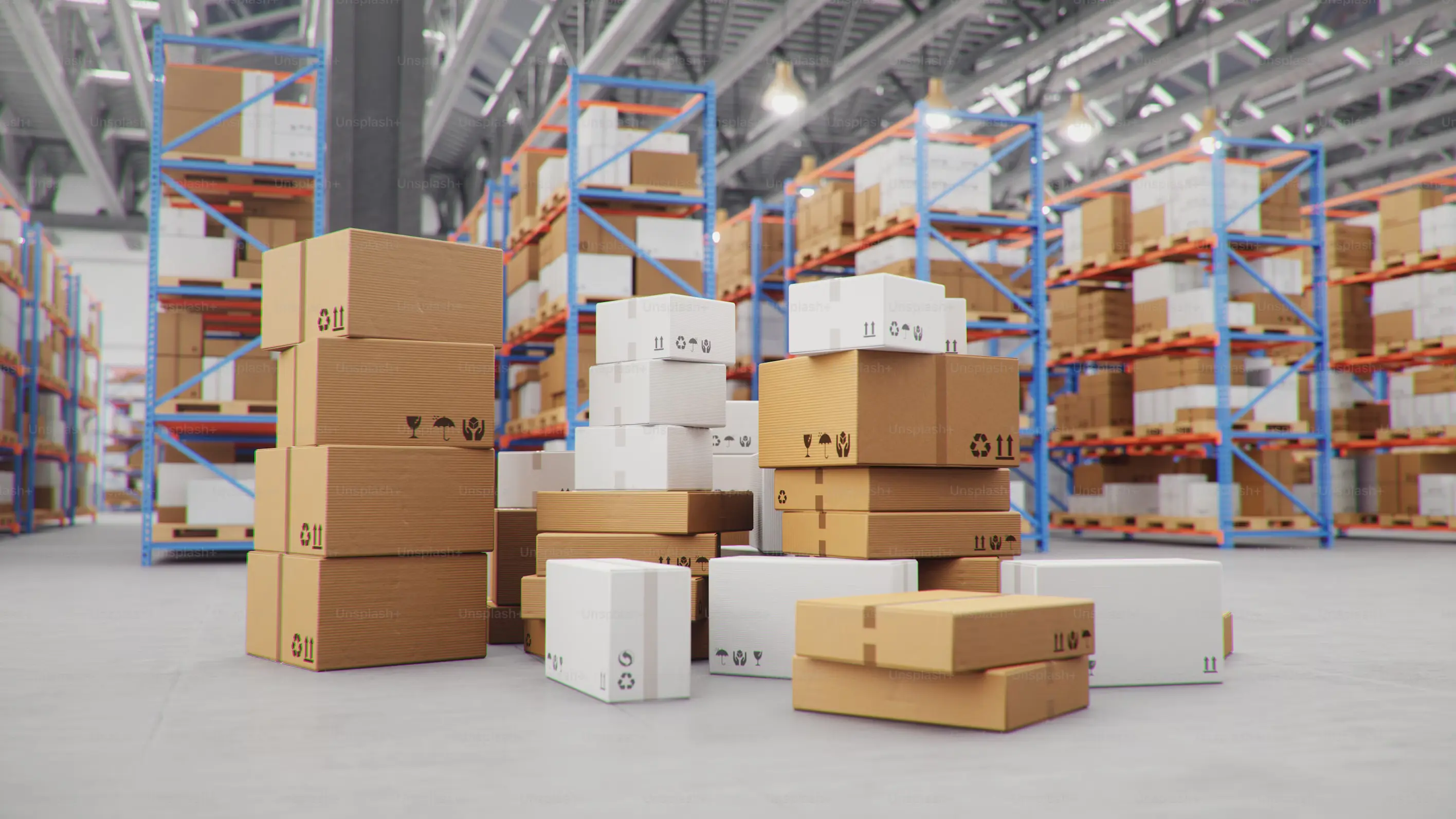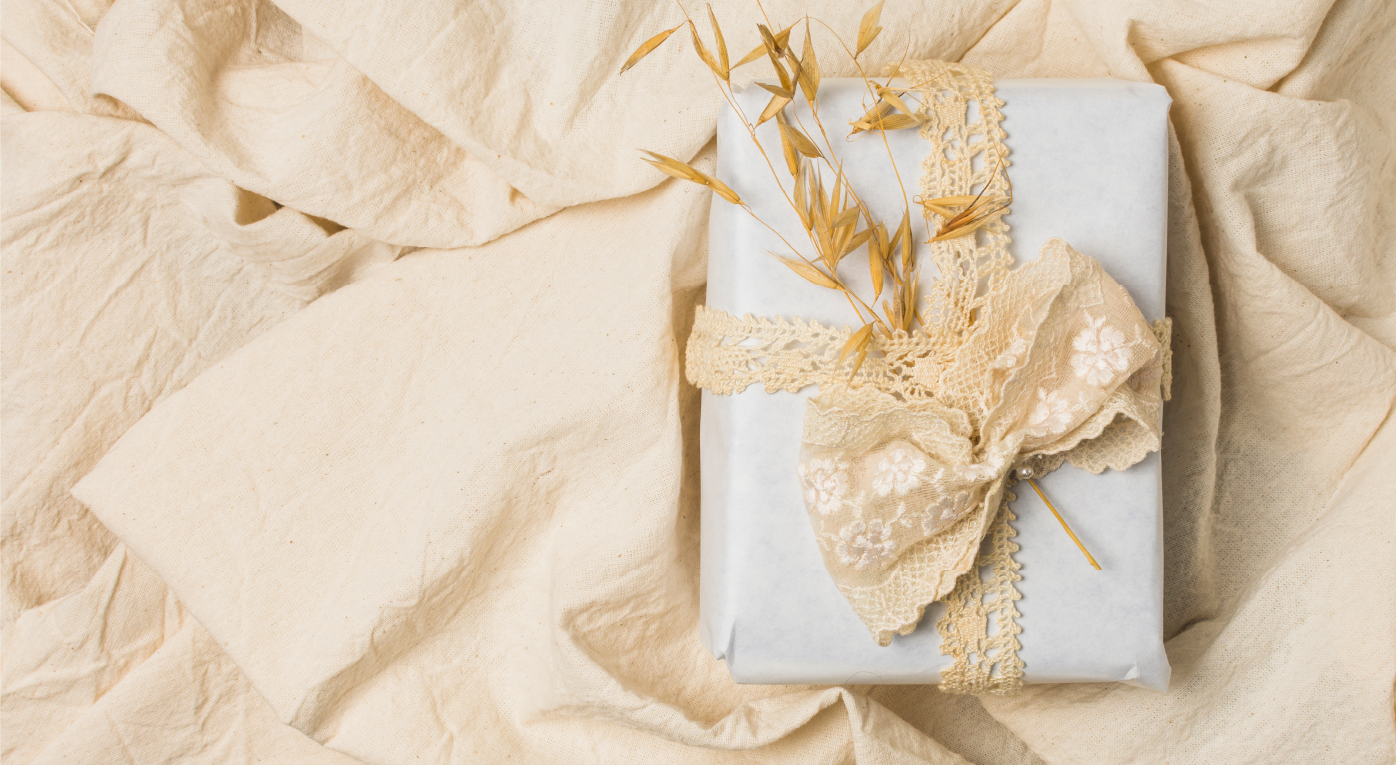The right packaging materials for your product
Article by : Lussopack

Choosing the right packaging materials for your product is not only important for protecting it during shipping and storage, but also for creating a positive impression on your customers and communicating your brand identity. However, with so many options available, how do you decide which ones are best for your product? In this article, we will share some of the best practices for selecting the most suitable packaging materials for your product, based on factors such as cost, sustainability, functionality, and aesthetics.
Consider your product's features
The first step in choosing the right packaging materials is to consider the features of your product, such as its size, shape, weight, fragility, and shelf life. These factors will determine the type and amount of protection your product needs, as well as the dimensions and design of your packaging. For example, if your product is bulky, heavy, or fragile, you may need sturdy cardboard boxes, foam inserts, or bubble wrap to cushion it. If your product is perishable, you may need special materials that can preserve its freshness, such as vacuum-sealed bags, insulated containers, or ice packs.
Compare different material options
The next step is to compare different material options that can meet your product's requirements, and weigh their pros and cons. Some of the most common packaging materials are paper, cardboard, plastic, metal, glass, and wood. Each of these materials has its own advantages and disadvantages in terms of cost, durability, recyclability, biodegradability, and appearance. For example, paper and cardboard are relatively cheap, lightweight, and easy to print on, but they may not be very resistant to moisture, heat, or impact. Plastic is versatile, flexible, and durable, but it may not be very eco-friendly or attractive. Metal and glass are strong, elegant, and reusable, but they may be expensive, heavy, and breakable. Wood is natural, rustic, and biodegradable, but it may not be very practical or hygienic.
Think about your target audience
Another important factor to consider when choosing the right packaging materials is your target audience, or the people who are most likely to buy your product. You want to choose materials that appeal to their preferences, needs, and values, and that reflect your brand personality and message. For example, if your target audience is young, trendy, and environmentally conscious, you may want to choose materials that are colorful, stylish, and sustainable, such as recycled paper, cardboard, or bioplastic. If your target audience is older, sophisticated, and quality-oriented, you may want to choose materials that are classic, elegant, and premium, such as metal, glass, or wood.
Test your packaging materials
The final step in choosing the right packaging materials is to test them before you launch your product. You want to make sure that your packaging materials can perform well in different conditions and scenarios, such as transportation, storage, display, and usage. You also want to get feedback from potential customers, peers, or experts on how they perceive and interact with your packaging materials. You can conduct various tests, such as drop tests, crush tests, temperature tests, or humidity tests, to check the durability and functionality of your packaging materials. You can also conduct surveys, interviews, or focus groups to check the appeal and satisfaction of your packaging materials.
Interesting Blogs

Why Brand Packaging Is Important and How to Choose Them

Your Essential Guide to Understanding International Packaging Symbols

What are some common materials used in eco-friendly packaging?

E-commerce Packaging Market
The right packaging materials for your product
Article by : Lussopack

Choosing the right packaging materials for your product is not only important for protecting it during shipping and storage, but also for creating a positive impression on your customers and communicating your brand identity. However, with so many options available, how do you decide which ones are best for your product? In this article, we will share some of the best practices for selecting the most suitable packaging materials for your product, based on factors such as cost, sustainability, functionality, and aesthetics.
Consider your product's features
The first step in choosing the right packaging materials is to consider the features of your product, such as its size, shape, weight, fragility, and shelf life. These factors will determine the type and amount of protection your product needs, as well as the dimensions and design of your packaging. For example, if your product is bulky, heavy, or fragile, you may need sturdy cardboard boxes, foam inserts, or bubble wrap to cushion it. If your product is perishable, you may need special materials that can preserve its freshness, such as vacuum-sealed bags, insulated containers, or ice packs.
Compare different material options
The next step is to compare different material options that can meet your product's requirements, and weigh their pros and cons. Some of the most common packaging materials are paper, cardboard, plastic, metal, glass, and wood. Each of these materials has its own advantages and disadvantages in terms of cost, durability, recyclability, biodegradability, and appearance. For example, paper and cardboard are relatively cheap, lightweight, and easy to print on, but they may not be very resistant to moisture, heat, or impact. Plastic is versatile, flexible, and durable, but it may not be very eco-friendly or attractive. Metal and glass are strong, elegant, and reusable, but they may be expensive, heavy, and breakable. Wood is natural, rustic, and biodegradable, but it may not be very practical or hygienic.
Think about your target audience
Another important factor to consider when choosing the right packaging materials is your target audience, or the people who are most likely to buy your product. You want to choose materials that appeal to their preferences, needs, and values, and that reflect your brand personality and message. For example, if your target audience is young, trendy, and environmentally conscious, you may want to choose materials that are colorful, stylish, and sustainable, such as recycled paper, cardboard, or bioplastic. If your target audience is older, sophisticated, and quality-oriented, you may want to choose materials that are classic, elegant, and premium, such as metal, glass, or wood.
Test your packaging materials
The final step in choosing the right packaging materials is to test them before you launch your product. You want to make sure that your packaging materials can perform well in different conditions and scenarios, such as transportation, storage, display, and usage. You also want to get feedback from potential customers, peers, or experts on how they perceive and interact with your packaging materials. You can conduct various tests, such as drop tests, crush tests, temperature tests, or humidity tests, to check the durability and functionality of your packaging materials. You can also conduct surveys, interviews, or focus groups to check the appeal and satisfaction of your packaging materials.
Interesting Blogs

Why Brand Packaging Is Important and How to Choose Them

Your Essential Guide to Understanding International Packaging Symbols

What are some common materials used in eco-friendly packaging?
